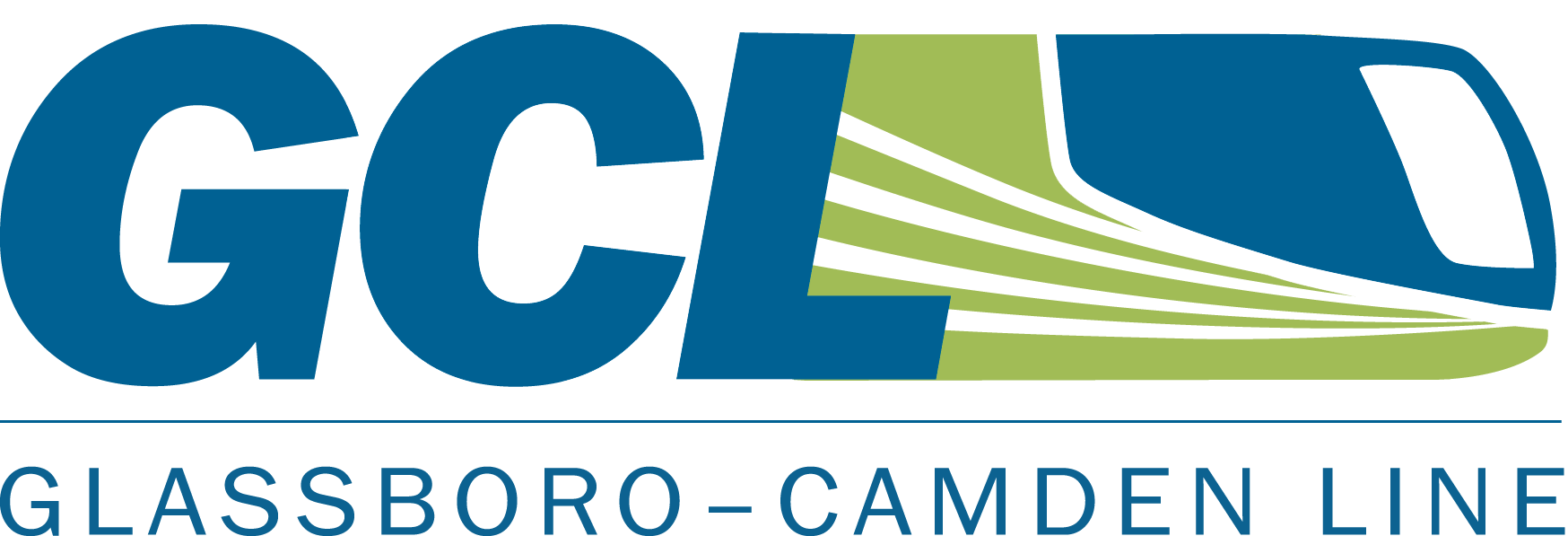The GCL will connect people to opportunities throughout Camden and Gloucester counties, providing convenient transportation for workers, students, and those who want easy access to cultural, recreational, educational, economic, and medical resources on both sides of the Delaware River.

A VITAL TRANSPORTATION LINK
The GCL is a proposed 18-mile passenger rail line restoring passenger rail service along the existing rail corridor between Glassboro and Camden in South Jersey. The GCL corridor traverses Gloucester and Camden counties including the communities of Glassboro, Pitman, Sewell, Mantua Township, Deptford Township, Woodbury Heights, Woodbury, Westville, Brooklawn, Gloucester City, and Camden.
Using the latest light rail vehicle technology, the GCL will offer reliable, affordable, and accessible public transportation service to growing communities in Camden and Gloucester counties. The GCL service will provide a connection to PATCO, passengers will have public transit access into Center City Philadelphia with connections to the SEPTA Regional Rail system, trolley network, Market-Frankford and Broad Street lines; Amtrak at 30th Street Station; and Philadelphia International Airport (PHL). The GCL will also provide commuters the opportunity to transfer to NJ TRANSIT’s bus network with connections to Atlantic City, Trenton, and New York City.
The purpose of the GCL is threefold:
- To improve transit service along the Glassboro-to-Camden corridor.
- To increase mobility.
- To improve links between people, communities, jobs, and activity centers.
The GCL bolsters economic competitiveness in South Jersey, creates a robust and resilient real-estate market, and improves quality of life, locally and throughout the region.
By linking people to major medical and academic research institutions and other employment centers, the GCL increases the pool of workforce candidates, customers, and patrons, and expands opportunities for discovery, healing, and personal enrichment. The visibility and viability of existing and burgeoning businesses soar as foot traffic in and around GCL stations increases. Housing prices also escalate, as the desire for an easy commute with proximity to mass transit attracts new buyers in towns throughout the alignment.
Each GCL train will carry more than 300 commuters to and from their destinations. By comparison, a bus holds 71 passengers, while a car transports an average of 3. With less cars on the road, travel becomes faster, cleaner, and more efficient for all of us sharing South Jersey roads. The GCL will consolidate commuters into one vehicle, reducing traffic jams and providing improved transportation options for those who live, work, and play in Camden and Gloucester counties, enriching the overall quality of life.
Safety improvements will be made at 46 grade crossings in accordance with state and federal requirements. Improvements include traffic calming measures, sidewalk enhancements, lighting and security features, and intersection alterations executed with the intent of reducing accidents and keeping pedestrians and property safe.
The GCL is an investment in South Jersey’s transportation infrastructure. With approximately 132,000 people within half a mile of the GCL, there is a need for transportation alternatives to combat traffic volumes, environmental impacts, and car dependency. The GCL is a game changer.
In the first year alone, it is projected that ridership on the GCL will eliminate more than 27,000 peak-hour vehicle miles traveled. That contributes to a reduction in volume on I-295, I-676, NJ 55, and Route 130, as well as cuts in noise, emissions, and road deterioration.
Based on the need for improved transportation, public feedback and analysis during earlier phases of the GCL, the following goals were established for the project:
The restoration of passenger rail service using light rail technology was the alternative preferred by the local communities and selected at the end of the Alternatives Analysis study. Five routes were evaluated, and the options were presented at public hearings in communities along the corridor. Selection was based on the following criteria:
- Has the highest new transit trip potential.
- Has the lowest capital and operating costs.
- Maximizes use of existing infrastructure.
- Links communities, universities, activity centers, and cities.
- Supports intra‐state trips.
- Encourages economic redevelopment and Transit-Oriented Development (TOD) within surrounding communities.
- Creates footprint consistent with surrounding area.
- Consistent with New Jersey’s Smart Growth initiatives.
- Supported by local and state elected officials.
- Received the most public comment support.
Train service will operate seven days a week. From 5 AM to 9 PM, trains will run every 15 minutes. After 9 PM, trains will run every 30 minutes until midnight.
The following table shows estimated travel times between select locations:
| ESTIMATED TRAVEL TIMES BETWEEN SELECT LOCATIONS | ||
| From | To Camden | To Philadelphia (via PATCO Transfer) |
| Glassboro | 37 minutes | 50 minutes |
| Woodbury | 22 minutes | 35 minutes |
The exact interval between trains at any specific point along the line cannot be determined until a final schedule is prepared. This will be done before the GCL is in operation.
The Project Team is evaluating the latest and alternative technologies and working with vehicle suppliers as part of the preliminary engineering design phase. Some technologies under consideration include hydrogen fuel cell and battery powered vehicles, as well as biofuel vehicles. The type of train selected will need to be capable of operating in the existing mixed-use rail corridor.
The selected train type will be compliant with ADA requirements and have low-floor cars to allow for level boarding.
The trains will run in two-car sets capable of transporting more than 300 passengers. Stations are being designed to accommodate ridership projections for the next 25 years, and can be expanded to meet future ridership growth.



